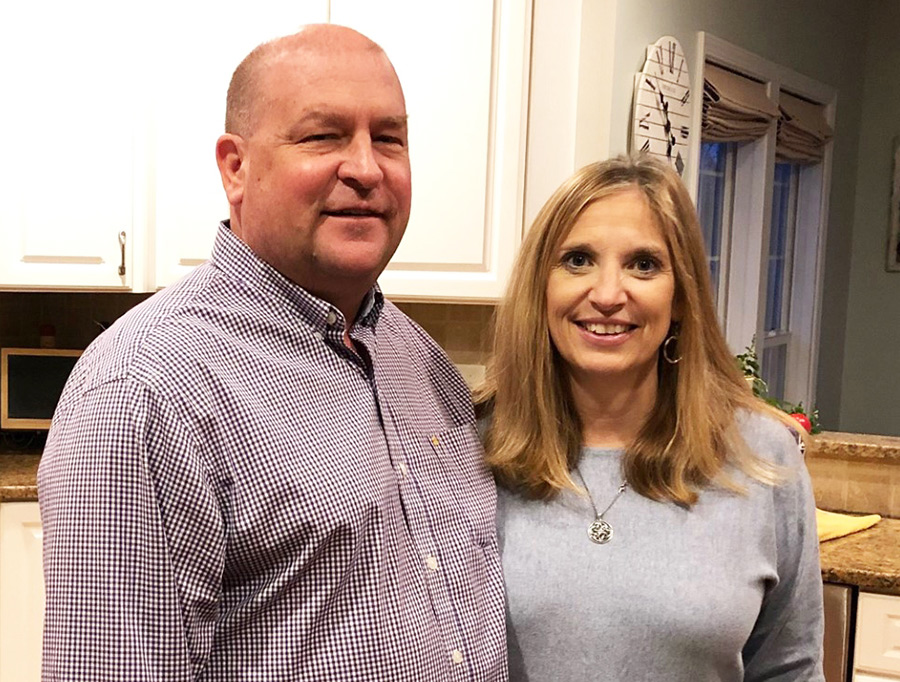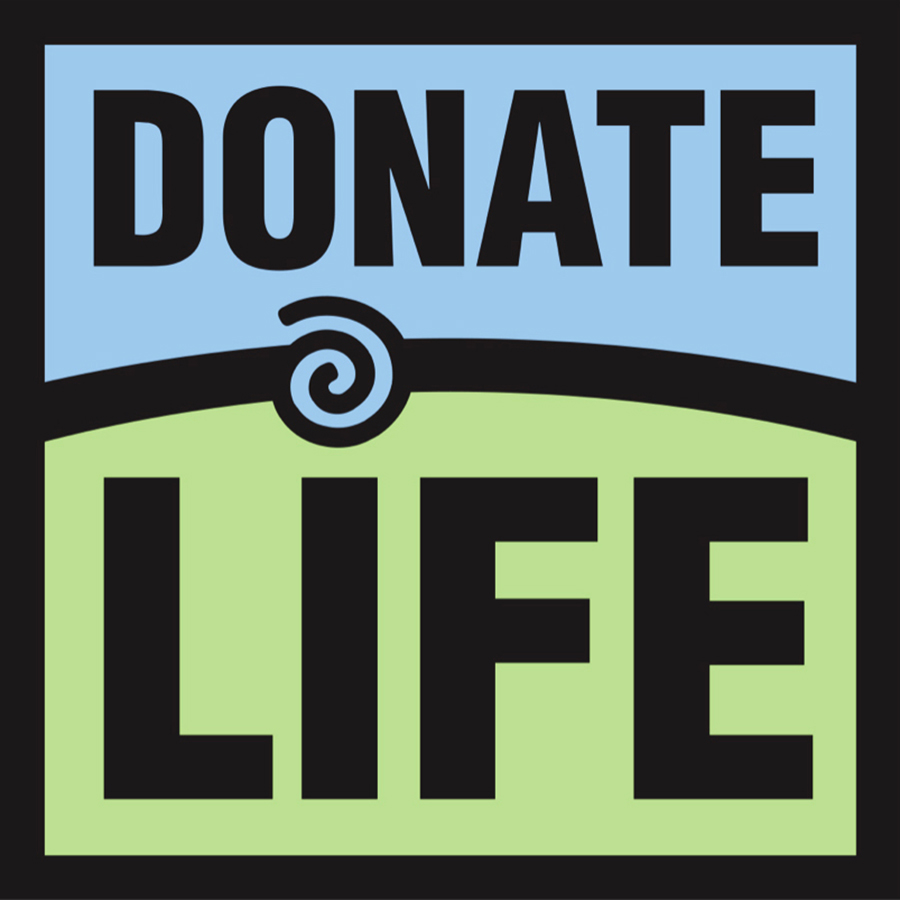Educating on the need for organ donations
orth Syracuse teacher Matt Root is used to being the helper — not the one asking for help.

Phil Cleary
North Syracuse teachers Matt and Kim Root
“How in God’s name do you do that?” he thought to himself. “That’s a really big ask.”
But what happened next surprised him, as family members, friends and North Syracuse Education Association President John Kuryla spread the word via social media and emails. Community members, some who were complete strangers, stepped up to answer screening questionnaires and get tested — even educators in a neighboring district joined the effort.
“They won’t tell you how many people stepped up but I heard from others there were a lot of volunteers,” said Root, who was well known in the community for his 26 years as a high school history teacher and starting a districtwide food program for the needy.
As it turned out, his wife Kim, a fourth grade teacher at Smith Road Elementary, was a good match. She was happy but nervous — doctors expedited her series of pre-transplant tests because Root’s health was quickly deteriorating. Root was first diagnosed with IGA nephropathy, a disease that scars the kidneys, more than 20 years ago, but his test markers became irregular in Fall 2020 and suddenly nosedived in January 2021.
With thousands of patients waiting for kidney donors, the Roots consider themselves very lucky that the surgery took place less than six months after the search for a donor began. They’re also grateful the living donor match was successful because the kidney from a living donor has the potential to last about twice as long as a kidney from a deceased donor.
For Kim, the transplant surgery was less painful than she imagined. While years ago the donor endured a large incision from the back around the rib cage, it’s now a much easier laparoscopic procedure more like a C-section. For Matt, the surgery was several hours and he remained hospitalized for three days.
“There’s a lot of soreness for the first couple of weeks and lots of follow-up testing,” he said. “But you’re so grateful that it doesn’t seem quite so bad.”
Root recuperated over the summer and returned to teaching in September 2021. Within about six months, he was back to his old self, skiing and climbing mountains. While he’s had some transplant complications, the Roots want to share their story to highlight the importance of organ donation. In New York, more than 8,000 people are on waiting lists for an organ transplant and more than 7,000 of them are waiting for a kidney.
The Roots are also sharing their gifts as educators, reaching out to people going through the same experience. They met with one young woman in her 30’s who was eight days out from transplant surgery and grateful to hear about their positive experience. “I felt like we really did help her and her mom feel a lot better,” Matt Root said. “We allayed a lot of fears about what was ahead.”
In his Participation in Government and AP History classes, Root is not shy about sharing his experience with students. “Some of the kids are amazed by it — some have a lot of questions,” Root said. “I tell them it’s a private decision. It’s up to you whether you check that box to be a donor.”
When they retire from teaching, the Roots hope to be able to share their story more widely with patients or perhaps as guest speakers in a health class or community event. “There’s a tremendous need out there and a lot of misconceptions,” Root said. “We need to raise awareness.”
April is Organ Donation Awareness month

The State Education Department has posted classroom materials to educate high school students on the topic of organ, eye and tissue donation. The tool kit can help educators provide accurate information and answer questions, whether as a stand-alone lesson, a complete unit or in conjunction with a Donate Life presentation that is free and available by request. For resources, go to nysed.gov/curriculum-instruction/organ-and-tissue-donation.
In 2017, a new law went into effect changing the age of eligibility to enroll in the New York State Donate Life Registry to include 16- and 17-year-olds.
In addition, Gov. Kathy Hochul recently signed a law enacting the NYS Living Donors Support Act, the first state program in the nation allowing individuals to be reimbursed for donation-related expenses. Hochul said the law will help eliminate financial barriers, reduce wait times and address the organ shortage in New York.